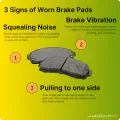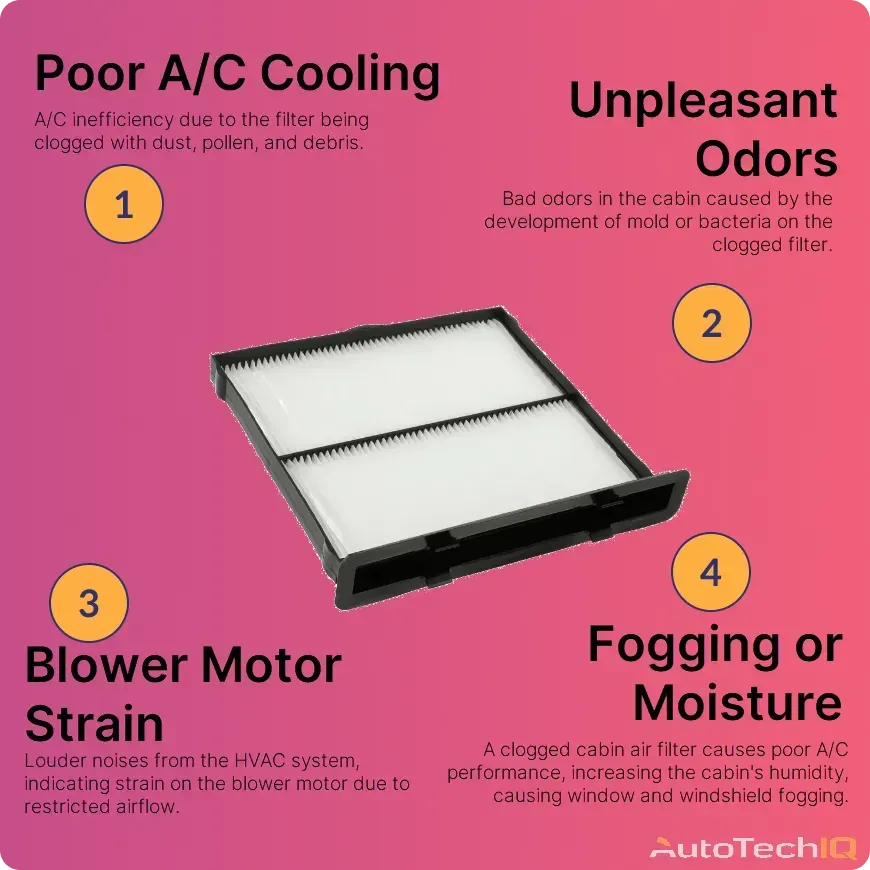
A cabin air filter is vital for air quality inside the vehicle. So, it's a comfort-giver for drivers and passengers. It traps dust, pollen, pollutants, and other particles before they get into the interior. This filter is not to be mistaken for the engine air filter, though. The cabin air filter is under the dashboard, typically behind the glove compartment or beneath the windshield. Most manufacturers recommend replacing it after 15,000 to 30,000 miles, to keep it working as intended.
What happens if you don't change a cabin air filter?
An old air filter might get clogged up and block airflow, worsening the HVAC role entirely. So, your vehicle's heating, ventilation, and air conditioning won't be nearly as good as they should. Plus, a clogged filter will stress HVAC-related components like the blower motor, causing extra wear. So, keeping up with a replacement schedule for the cabin air filter saves you some stress.

What are the symptoms of a clogged cabin air filter?
Low airflow, heating, and cooling efficiency. Plus, if you're unlucky, mold and bacteria can get comfortable inside the system and cause a nasty smell. Also, noises from the HVAC system and a windshield constantly fogging up inside can start happening.
Can a cabin air filter cause a check engine light?
No. The cabin air filter belongs to the HVAC system and interior air quality, so it won't mess with the engine's performance. However, taking care of the cabin air filter's maintenance is especially important to avoid future issues.
Does the cabin air filter affect gas mileage?
No. The cabin air filter doesn't affect the vehicle's engine. Still, the engine air filter and tire pressure are better related to fuel efficiency, though.
How often should you replace the cabin air filter?
This varies depending on driving conditions and manufacturer recommendations. Still, it's normal to replace a cabin air filter every 15,000 to 30,000 miles. Note that if you frequently drive in dusty or polluted environments, the till is shorter. The best advice is to check the filter during every routine maintenance you take.

Common Symptoms of a Clogged Cabin Air Filter
-
Reduced Airflow: Lower heating or cooling efficiency due to bad airflow from the vents.
-
Unpleasant Odors: Bad smells in the cabin, often caused by mold or bacteria on the clogged filter.
-
Increased HVAC Noise: Higher noises from the HVAC system, indicating strain on the blower motor.
-
Persistent Windshield Fogging: Fogging on the interior windshield due to bad ventilation.

How a top-service shop educates customers about cabin air filters
In an auto repair shop, Jake, an experienced ASE advanced Auto Technician, used a method of educating car owners about the importance of cabin air filter maintenance. One day, Emily, brought in her SUV complaining of musty odors and reduced airflow in the cabin.
Inspect: Jake began inspecting the cabin air filter. He explained to Emily the value of the filter in ensuring a clean and healthy interior. Using inspection images, Jake showed the different types of visual wear signs, pointing out the layers of accumulated dust, pollen, and debris on the filter.
Test: Next, Jake did a quick airflow test to evidence the low performance of the clogged filter. Emily saw the airflow meter, realizing how it relates to her comfort inside the vehicle.
Evaluate: Jake then checked the filter's condition, explaining how a clogged filter could strain the HVAC system and increase energy consumption.
Diagnose: After completing the diagnosis, Jake showed images and explained the urgency of replacing the cabin air filter. Emily, with this fresh information, approved the service. Jake replaced the filter, checking that the HVAC system functions well.
Confirm Repair: After confirming the repair, Jake invited Emily to check the new cabin air filter. They compared it to the images of the old one, seeing the difference. Emily was impressed by the improvement in airflow and the disappearance of that bad smell.
Jake built trust with Emily. The service circled around good communication, transparent information, and interest in teaching. Emily developed enough confidence to trust her car with the service; this is what quality auto shops aim for.
The most common causes of air filter issues
Accumulated Debris
Symptoms: Low airflow and HVAC inefficiency due to the filter being clogged with dust, pollen, and debris.
Mold and Bacteria Growth
Symptoms: Bad odors in the cabin caused by the development of mold or bacteria on the clogged filter.
Blower Motor Strain
Symptoms: Louder noises from the HVAC system, indicating strain on the blower motor due to restricted airflow.

Compromised Ventilation
Symptoms: Persistent windshield fogging as blocked ventilation fails to effectively clear condensation.
HVAC Internal Failure
Symptoms: Lower heating or cooling efficiency as the clogged filter hampers the overall performance of the HVAC system.
Top 5 Fixes for Cabin Air Filter Issues
Regular Replacement: Replace the cabin air filter every 15,000 to 30,000 miles to maintain optimal filtration and HVAC system performance.
Mold and Bacteria Treatment: Apply anti-microbial treatments to prevent mold and bacteria growth, eliminating unpleasant odors and maintaining a clean cabin.

Blower Motor Inspection: Regularly inspect and service the blower motor to prevent strain and noise, ensuring efficient airflow through the HVAC system.
Ventilation System Check: Ensure proper ventilation system function to prevent windshield fogging and maintain clear visibility during driving.
Airflow Testing: Conduct airflow tests during routine maintenance to identify and address issues early, optimizing the overall performance of the HVAC system.
Summary
This article discusses the role of cabin air filters in the vehicle. The article also discusses common symptoms that indicate an issue with the cabin air filter, and how to keep aware of upcoming problems. A further section also reveals common causes for cabin air filter problems, including debris accumulation and mold growth. Finally, you'll read about common fixes, emphasizing regular replacement and preventative treatments.
There's an auto shop near you delivering fair, transparent service like you've read here.
Feel free to visit our 'Shop Near You' page and search for our certified repair shops in your area. These businesses provide top-notch services and expert inspections using advanced diagnostic tools. You'll witness the same level of care and attention to detail highlighted in this article. These shops share our goal of ensuring your vehicle receives the best possible maintenance. At this goal's core, your knowledge of what's happening to your car and how to maintain it is our #1 priority.
Other news
-
Car is Squealing When Driving

-
What is Preventative Maintenance and What Are The Benefits of it?

-
JobViewIQ - DVI Process Training - Part of the Auto Care Alliance Benefits

-
7 Signs of Clogged AC Components
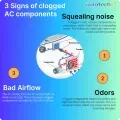
-
How Much Does a Transmission Fluid Change Cost?
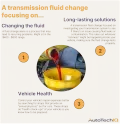
-
7 Signs of a Leaking Axle Seal
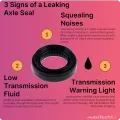
-
8 Signs of a Bad Brake Pad
